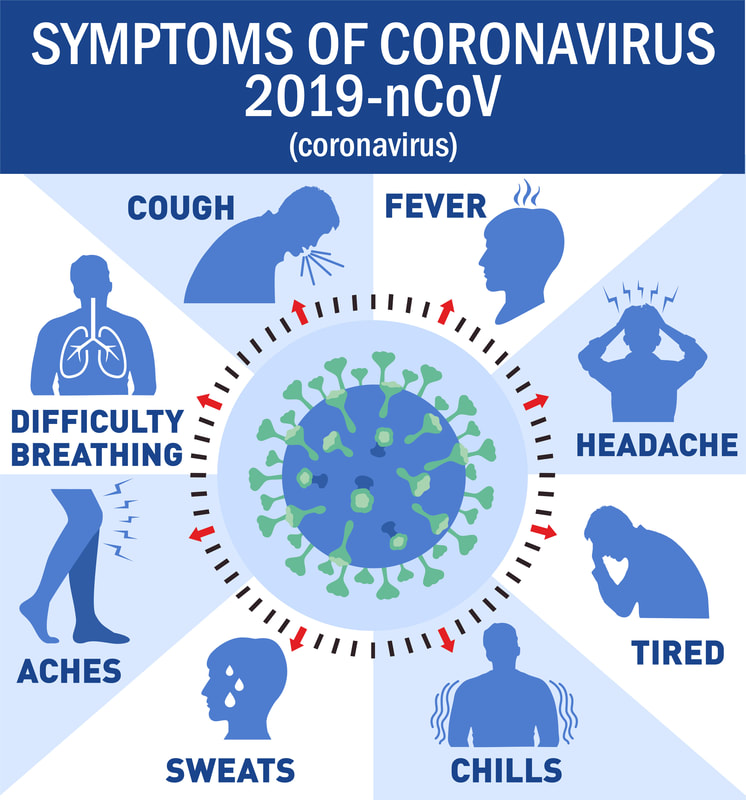Coronavirus Disease (COVID-19) in Construction: Liability, Recordability, and Financial Implications4/9/2020
Recordability, EMR, Insurance
A recent publication from the Occupational Safety and Health Administration (OSHA) has confirmed that COVID- 19 is a recordable event. This means that employees who contract the virus while at work must be recorded on an employer’s OSHA300 Log. These cases may be compensable under Worker’s Compensation if it can be proven that the virus was contracted on the job (which is fairly simple to uphold if multiple employees become infected at the same time). In some states, it has already been decided that Worker’s Compensation will be extended to workers exposed to COVID-19 on the job and will be inclusive of time in quarantine, medical testing, medical expenses, and indemnity payments while out of work. Considering the long incubation and recovery periods associated with COVID-19, these recordable events are likely to have high levels of “Days Away From Work” and “Restricted Duty.” Due to the contagious nature of the virus, there is significant potential for multiple cases within a company after the first case appears. An employer’s Experience Modification Rate (EMR) is calculated based upon both of these figures (number of claims and severity of claims). This means that a COVID-19 situation in the workplace has the potential to make a company’s EMR, as well as the corresponding insurance premiums, skyrocket. These figures are kept on a company’s record for a total of three years, thus impacting the ability to bid and receive work long term. Due to COVID-19’s impact on global supply chains, it is likely that the spread of the virus will result in delays and cost overruns in the construction industry. China, one of the world’s largest exporters of building materials, is currently experiencing a 17.2% decline in exports. The party that bears the risk and the losses resulting from construction delays and increased costs associated with materials shortages will be dictated by contract. Contractors would be wise to review contracts currently underway and consider making revisions to contracts soon approaching. Legal Considerations and Best Practices A few of the regulatory agencies most pertinent to the construction industry, as well the standards which apply to the COVID-19 pandemic, are outlined below. OSHA
Americans with Disabilities Act (ADA)
Health Insurance Portability and Accountability Act (HIPAA)
Family Medical Leave Act (FMLA)
Financial Considerations and Contracts Due to COVID-19’s impact on global supply chains, it is likely that the spread of the virus will result in delays and cost overruns in the construction industry. China, one of the world’s largest exporters of building materials, is currently experiencing a 17.2% decline in exports. The party that bears the risk and the losses resulting from construction delays and increased costs associated with materials shortages will be dictated by contract. Contractors would be wise to review contracts currently underway and consider making revisions to contracts soon approaching. Construction supply houses will likely be one of the first to feel the strain of supply shortages, followed shortly thereafter by contractors unable find the materials and equipment required to complete projects on time and at costs. In these situations, a contractor’s best option could be to locate more expensive replacement materials, and depending on the contractual terms, the contractor might be required bear the increased expense associated with replacement materials. The party who bears responsibility for the increased materials costs likely depends on whether or not a price escalation provision was negotiated. Escalation provisions allow a party to request additional funds to cover increased materials costs associated with upward price fluctuations. Contractors can reasonably expect that the virus will impact labor availability, compounding the labor shortage problem well known in the construction industry. Contractors should anticipate progress on construction projects slowing as subcontractors struggle to keep their workforces healthy and mobilized. Contract language dealing with delay damages varies. Some contracts provide for liquidated damages, which provide for a set amount of damages per day/month of delay. Others bar damages for delay through “no damages for delay” provisions. Regardless, it’s possible that the contract provides the contractor with a mechanism by which to seek additional time to perform. Resources: SEAA Coronavirus Updates and Resources U.S. Department of Labor Offers Guidance For Preparing Workplaces for Coronavirus What You Should Know About the ADA, the Rehabilitation Act, and COVID-19 U.S. Department of Labor: Coronavirus Resources Center for Disease Control and Prevention: Coronavirus-What you Need to Know World Health Organization: COVID-19 AGC Coronavirus Updates Dodge Research COVID-19 Impact on Construction This Safety Flash was contributed by Julia Kunio of Evolution Safety Resources and Ashley Felton and Adam Banks of Michael Best & Friedrich, LLP, in cooperation with SEAA’s Safety Committee. It is designed to keep members informed about ongoing safety issues and to provide suggestions for reducing risk. Best practices are gathered from a variety of sources. They may be more or less stringent than individual corporate policies, and are not intended to be an official recommendation from SEAA. Always get approval and direction from your company officers on any new practice or procedure as these best practices may not work for all situations. Everyone benefits when a worker avoids injury. Submit your ideas for Safety Flash to [email protected] Comments are closed.
|



 RSS Feed
RSS Feed
